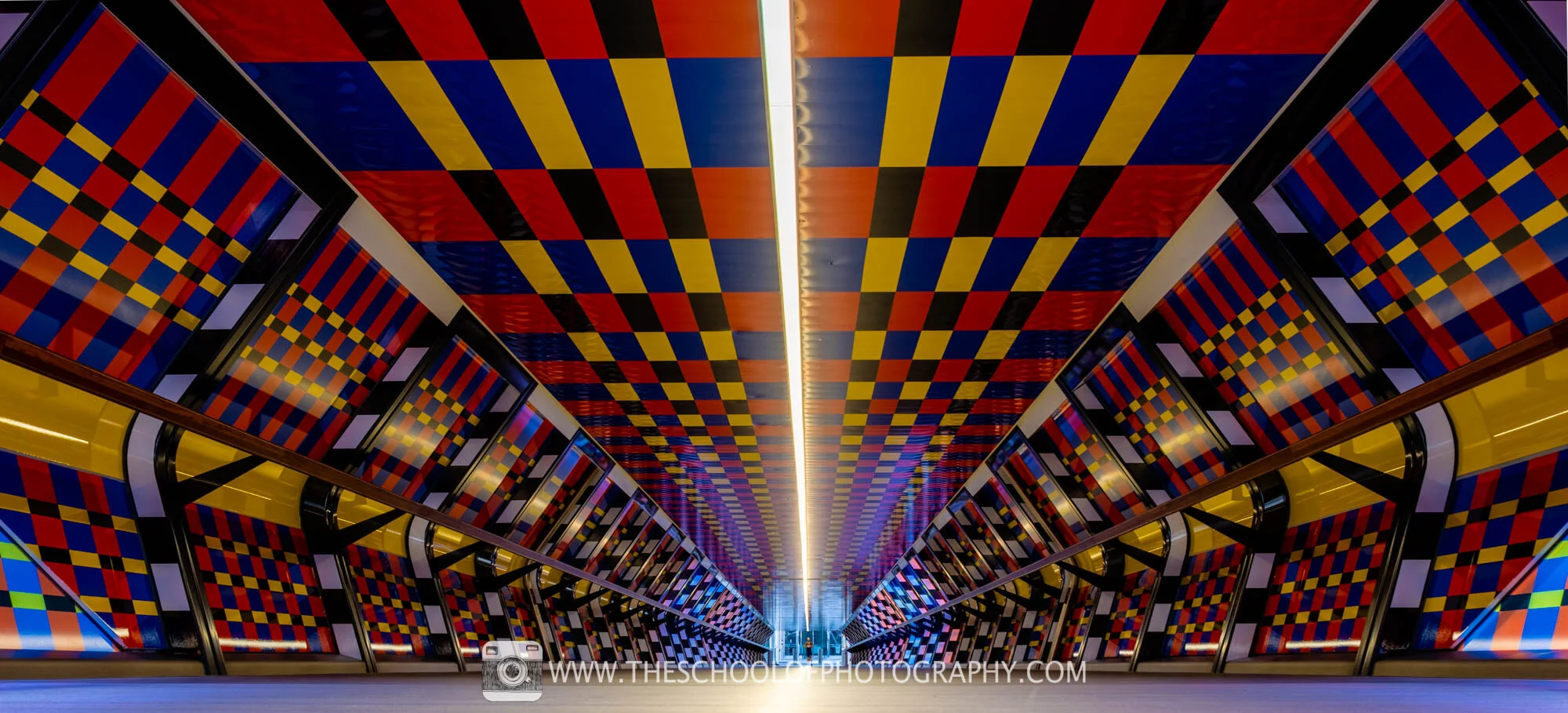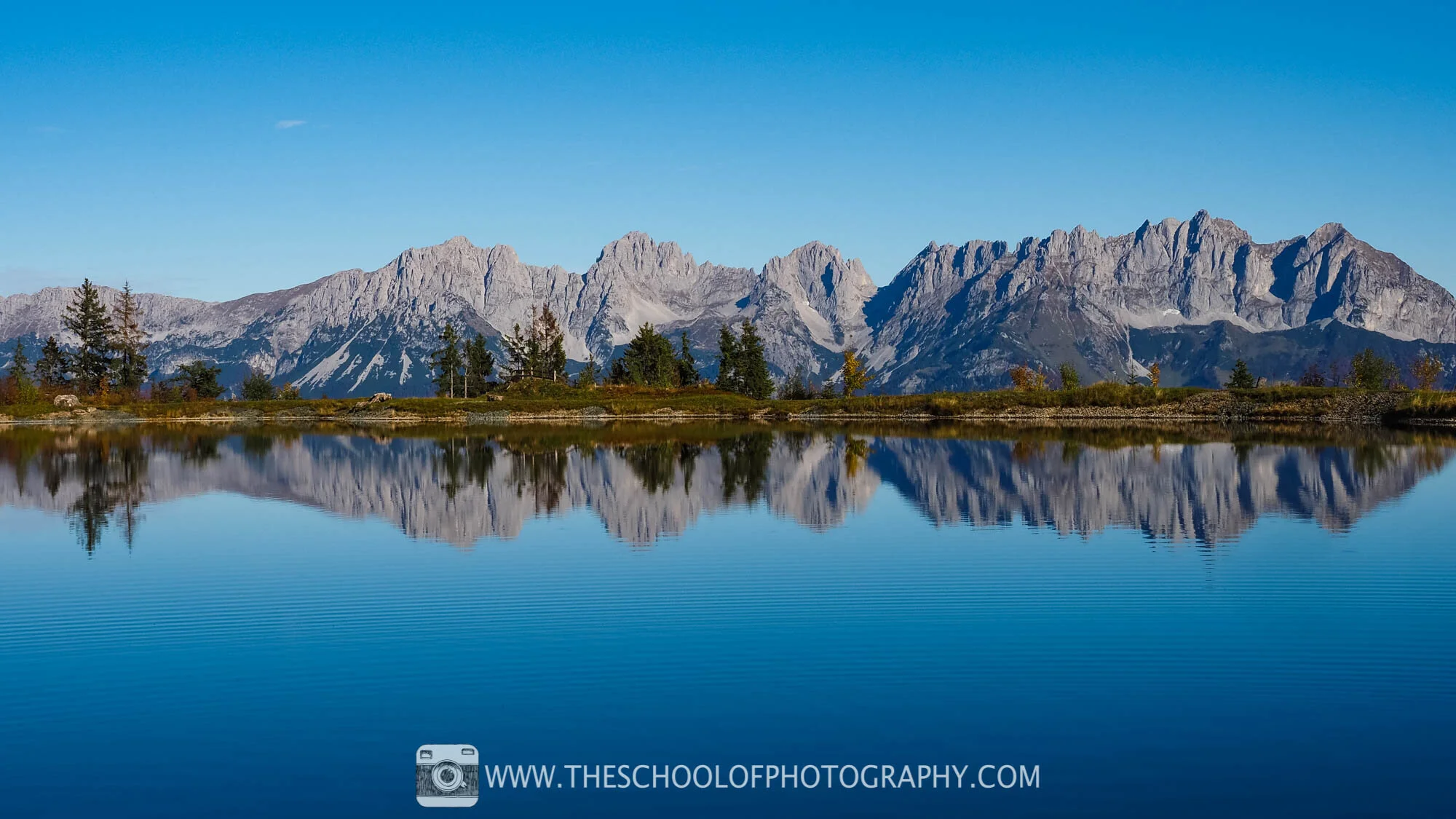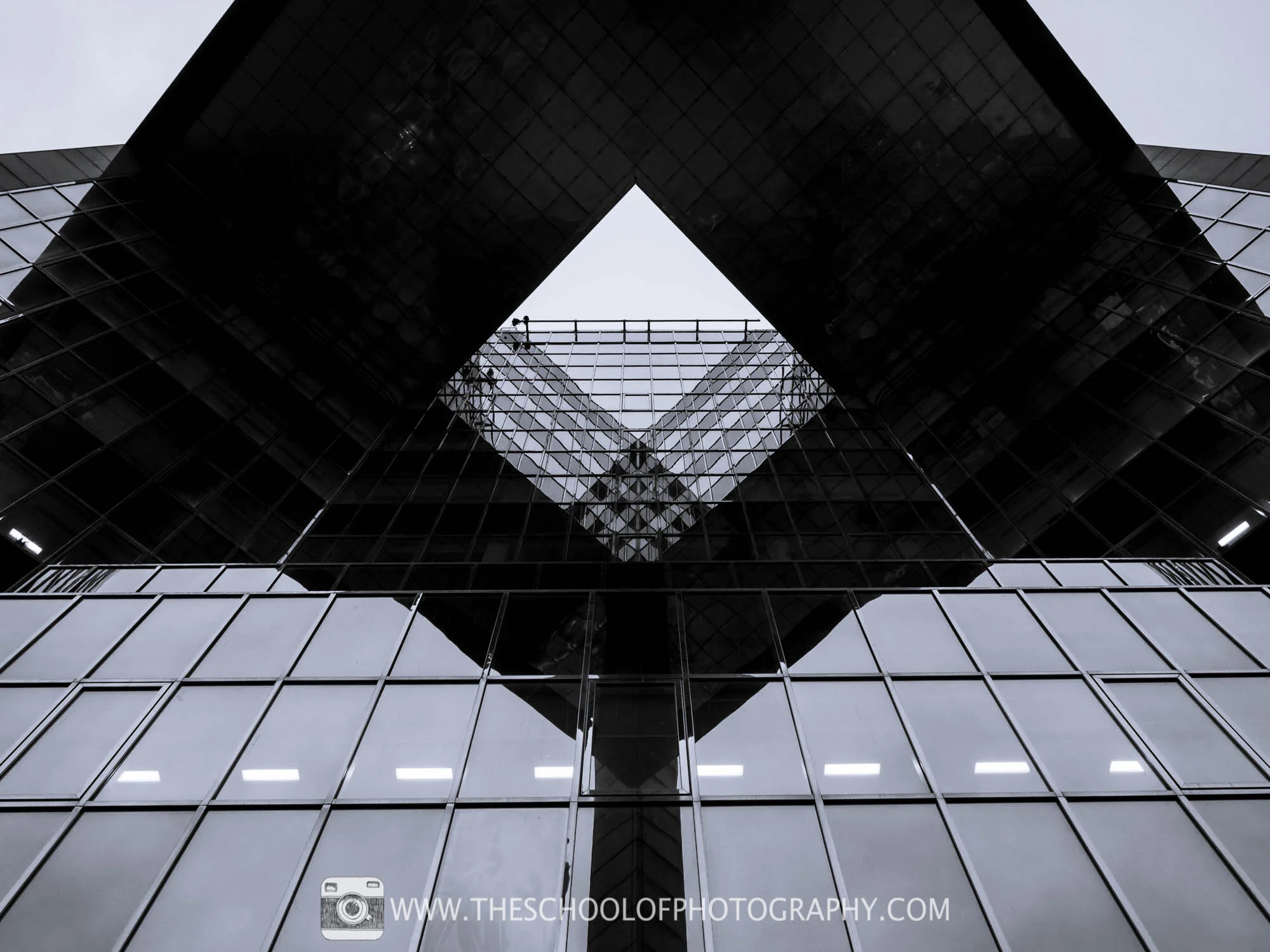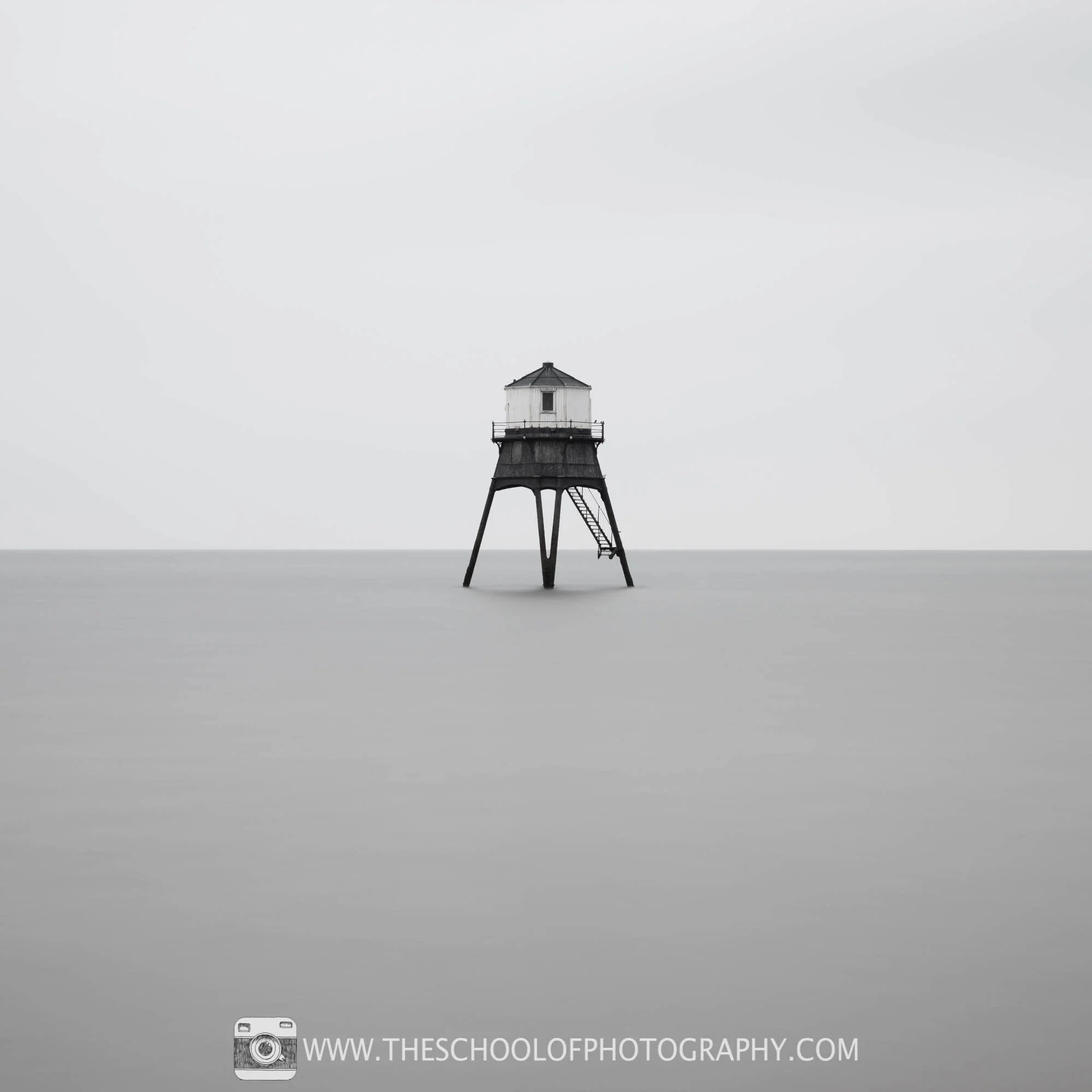Symmetry in Photography – Killer Tips to Improve Composition
In this tutorial we are going to look at symmetry in photography. Symmetry is a great technique in photography, it will clean up your compositions and can make the most mundane things look fantastic!
Symmetry in photography is achieved when two halves of an image hold the same weight and give a perfect balance between two sides of your photograph. Below is a video, tips and examples to help you get more creative in your photography by using symmetry.
Get access to ALL our online courses - 1000’s of videos, worksheets, critiques of members work, personalised support and much more with our monthly membership.
What is Symmetry in Photography?
The dictionary states “the quality of being made up of exactly similar parts facing each other or around an axis.”
In photography symmetry appears when parts of your composition mirror other parts. It is created when two halves of your scene look the same and balance each other out. Symmetry defines something being clean, proportional and balanced and will make pictures appear neat, tidy and clinical.
To learn more about what composition is in photography, click here.
Camera Settings - f 8 - 1/25 Seconds - ISO 250 - 18mm focal length
Types of Symmetry
Horizontal Symmetry
Horizontal Symmetry is if the line passes through the scene from right to left, dividing the scene into equal halves. This creates a horizontal line of symmetry.
Camera Settings - f/11 - 1/400 Seconds - ISO 200 - 28mm focal length
Get access to ALL our online courses – over 700 videos, worksheets, critiques of student’s work, personised support and much more with our monthly membership.
Vertical Symmetry
If the line passes through the scene from top to bottom, dividing the pattern into identical halves, then this creates a vertical line of symmetry.
Camera Settings - f/2.8- 1/60 Seconds - ISO 6400 - 25mm focal length
Camera Settings - f/.6 - 1/60 Seconds - ISO 400 - 12mm focal length
Radial Symmetry
Radial symmetry is a symmetry where the sides exhibit around a central point. Many flowers are radially symmetric. Roughly identical floral structures of the petals.
@heymikel unsplashed.com
Reflective Symmetry
Reflective Symmetry, as the word suggests, is all about reflections. Common places you can find reflections is in water and surfaces like glass.
Camera Settings - f/16 - 1/125 Seconds - ISO 250 - 18mm focal length
Examples Symmetry in Photography
Symmetry can be found in lots of areas but by far the two top examples would come from Architecture and Nature.
Architecture
In architecture it’s seen from the overall views of buildings, interiors, facades and even through to little details such as tiled floors.
Vertical Symmetry @photified unsplashed.com
Vertical Symmetry @chatelp unsplashed.com
Nature
Nature has a great way of creating its own symmetry. From leaves to flowers to ripples in water, the beauty of mother nature will always astound us.
Radial Symmetry @ninjason unsplashed.com
Vertical Symmetry @vincentvanzalinge unsplashed.com
Of course, there are many other examples of using symmetry in photography and here are just a few.
Vertical Symmetry by @jtzanno unsplashed.com
Horizontal Symmetry @farhan5792 unsplashed.com
Horizontal Symmetry - Camera Settings - f/16 - 120 Seconds - ISO 100 - 65mm focal length
Reflective Symmetry by @juliusdrost unsplash.com
Take your photography to the next level by becoming a member of TSOP
Like this? - Check out similar tutorials below
I hope you liked this video, please leave us a comment and support us by sharing it with your friends and subscribe to our newsletter at the bottom of this page for more.
We also have an excellent learning community on social media so please join us there as well.
Thanks for watching and remember – Learn more at The School of Photography.

















